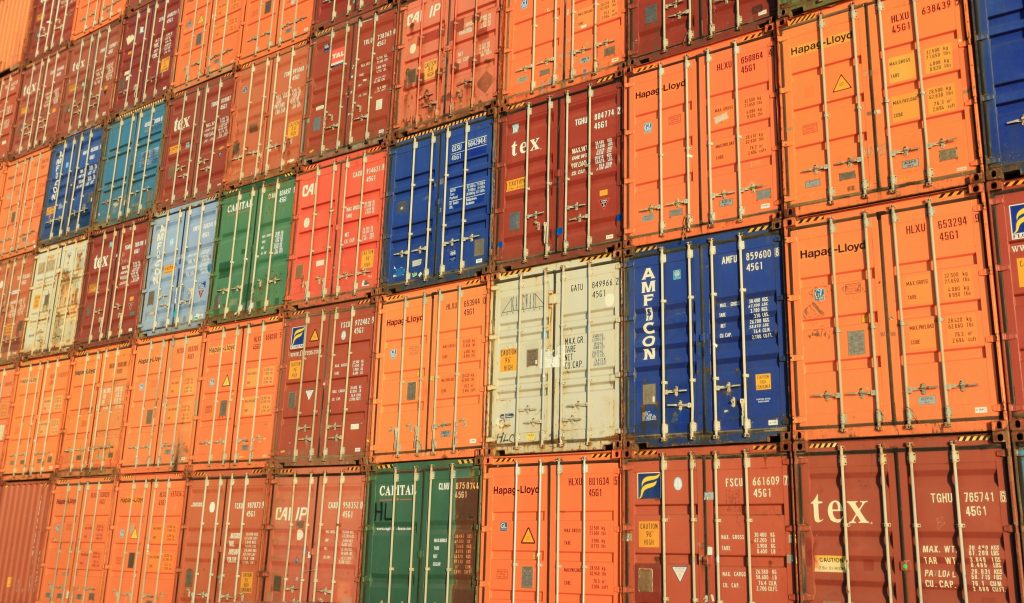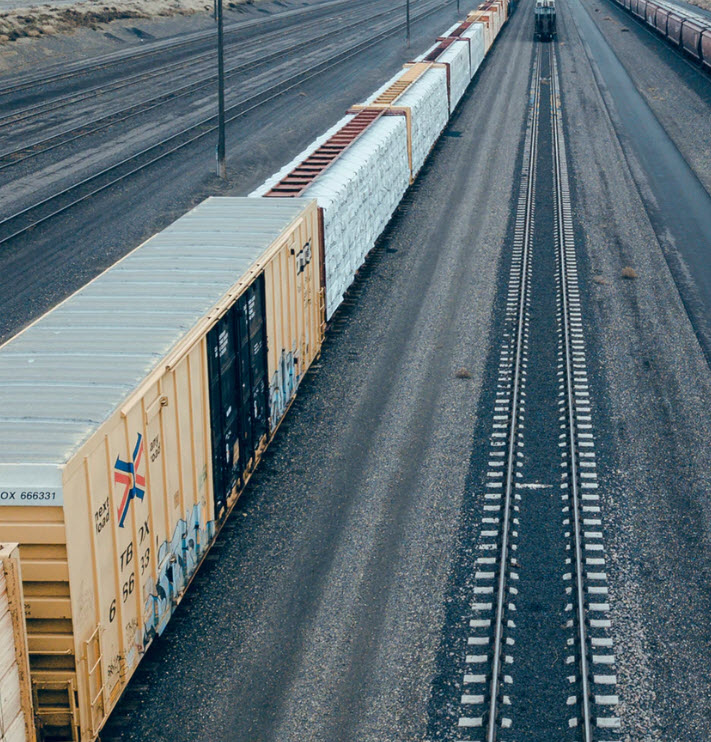Intermodal Trucking - A Complete Guide

Intermodal Trucking Introduction
Domestic and international shipping can be complicated, for both start-ups and experienced business owners. With a large number of variables in play, it is important to learn about each of the aspects of freight transportation so that you can make the best decision for your business. A trucking service is responsible for handling inventory shipments between the factory and the warehouse. One important service that proves to be useful for many companies is Intermodal Trucking.
If your freight arrives by train or boat, you need this service to carry it to a distribution center or warehouse. In this article, we learn everything about Intermodal Trucking to help you use it in the right way for your shipping.
What does intermodal mean?
In terms of freight transportation, Intermodal means the use of two or more different modes of freight, like rail and truck to transport the goods from shipper to consignee. This type of freight process begins by moving a container by truck to a rail and then back to a truck to complete the process. Intermodal shipping is when you move goods using multiple modes of transportation.
Whether truck, rail or plane, intermodal shipping service is when you use two or more methods to transport the freight.
What is Intermodal Trucking?
Intermodal Trucking is a type of freight transport which moves the goods in specialized containers loaded on truck beds to be moved via rails or planes without additional packaging.
The containers are typically constructed out of steel and are durable to be easily transferred between various modes of transportation.
They are large, rectangular container usually found on docks and they are designed to handle any weather condition and are portable enough to travel on different vehicles.
Why are Intermodal Trucking Services Important?
Intermodal services are intended to help businesses find the ideal supply chain solution to maximize value.
This mode of transportation is flexible and cost-effective process because:
- Freight can be accommodated using different types of transportation
- Locations of various transportation modes can be easily found everywhere
- Shipping deadlines can be easily met and incorporated into the intermodal process
- It is easier to reach shipping destinations with intermodal trucking
How Intermodal works?
An Intermodal process for freight shipping is used for both domestic and international shipping. It involves using multiple types of cargo while utilizing two or more methods for transportation. The most common type of combination is truck and rail. This is appealing for businesses that ship to various locations as it reduces the handling during the trip and brings reduced costs. A general the process involves:
- Once the shipment arrives from overseas, the container cargo is moved from the port to a rail yard for inland.
- After moving onto the rail, the cargo is transported to the desired location, typically several hundred miles.
- As the rail arrives at the inland location, the cargo is placed on a truck to reach its final destination according to the original order.
Intermodal shipping benefits
Here are the main benefits of intermodal shipping:
- Flexible. This shipping method is different and unique for each business because the shipping destination, location of the company, the material used, time restrictions and other aspects are different. Shipping companies often put together the logistics that best fit the situation and hence make the process flexible.
- Cost-Effective. Use of multiple transportation methods means it is used for long-distance shipping. Reduced fuel per TEU is used in this method which means long-distance rates are less expensive.
- Secure and Reliable. There is more room for air when the cargo is being shipped long distances. Therefore, eliminates freight handling to reduce damage and losses. It also increases security at railroad tracks, terminals and ramps against any theft.
- Eco-Friendly. A large number of freight containers are moved together using efficient transportation modes, intermodal shipping is environment-friendly.
Who benefits with Intermodal Shipping?
Below are the conditions where intermodal shipping benefits the business:
- If load units are less than 25 tons
- When you want to ship finished goods that need to meet shipping guidelines
- Is an ideal choice when the goods need to travel long
- If the freight distance is more than 300 miles or it takes longer than a day to reach by truck, it is a great choice. If the freight distance is more than 750 miles from source to destination, the shipper benefits from it.
- Goods with mid-range value are ideal for shipping with this freight services.
- When you have a large volume of cargo which needs moving continuously, intermodal shipping can keep it moving through a well-defined process.
Is Intermodal more cost-effective for shipper?
Not only this process catered to custom circumstances, but it is also one of the most cost-effective shipping methods available. As multiple modes of transportation are used in this process, Intermodal is generally used for long distances.
When moved via rail instead of trucking, the cargo uses lesser fuel per TEU which means long distance rates are less expensive. This is more cost-effective for shippers who are looking to ship their goods on longer trips.
Top companies that use Intermodal Train
Considering the benefits of an intermodal, an increasing number of companies across the world consider it for their shipping. Today, intermodal is being used widely in the food and beverages industries.
Shipments of frozen goods, fresh produce, beer and wine are being transported by big companies now relying on intermodal solutions. Some of the examples of top companies using this process are DuPont, Evergreen, Lowe’s, Tate & Lyle, OOCL and SI Group.

